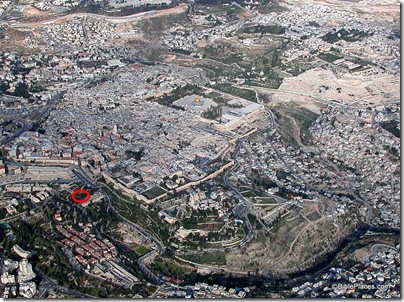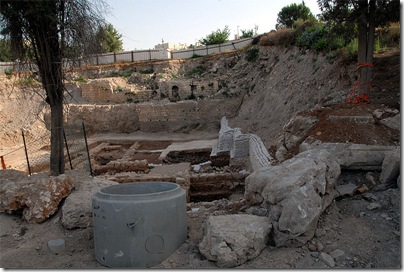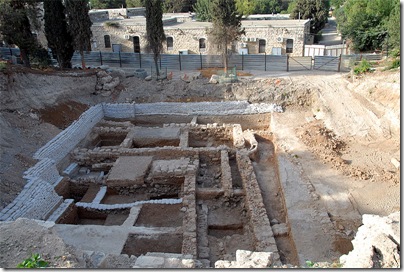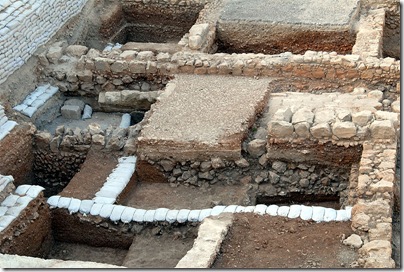The government of Israel plans to spend $25 million to increase the amount of bike trails in the country from 360 miles to 3,000. The authorities anticipate that increased revenue from bike tourism will pay for the expense. From the Jerusalem Post:
An NIS 100 million five-year plan to create 4,900 km. of bike trails across the country was approved on Tuesday by the social-economic cabinet chaired by Finance Minister Yuval Steinitz (Likud). The plan was drafted by the Tourism Ministry following a government decision from March 2008. Biking tourism worldwide generates billions of dollars a year, the ministry said, and Israel has the potential to become a destination site for biking with the right investment. To achieve that, the ministry will create 4,900 km. of mainly rural bike trails, mostly in the Negev and the Galilee, with connections to major population centers as well. At present, there are 600 km. of trails and another 1,400 km. under construction. “Developing a national infrastructure for biking will contribute to the diversity of tourist options in the periphery and provide impetus for small-to-medium size businesses by creating more jobs. Close to 80 percent of the trails will be developed in the Negev and the Galilee, at a cost of NIS 40m., and there is no doubt that this investment will bear fruit both from a regional perspective and in terms of the economy in general, Tourism Minister Stas Meseznikov (Israel Beiteinu) said in a statement. “It is important to stress that creating the infrastructure will turn Israel into an attractive destination for bikers from around the world and an accompanying marketing plan will be developed as well.” In Europe, some 19 million people go on biking vacations and stay at about 30,000 hotel type venues each year, the ministry said, with more and more people joining the trend, which makes it a good investment with a future of high returns.



